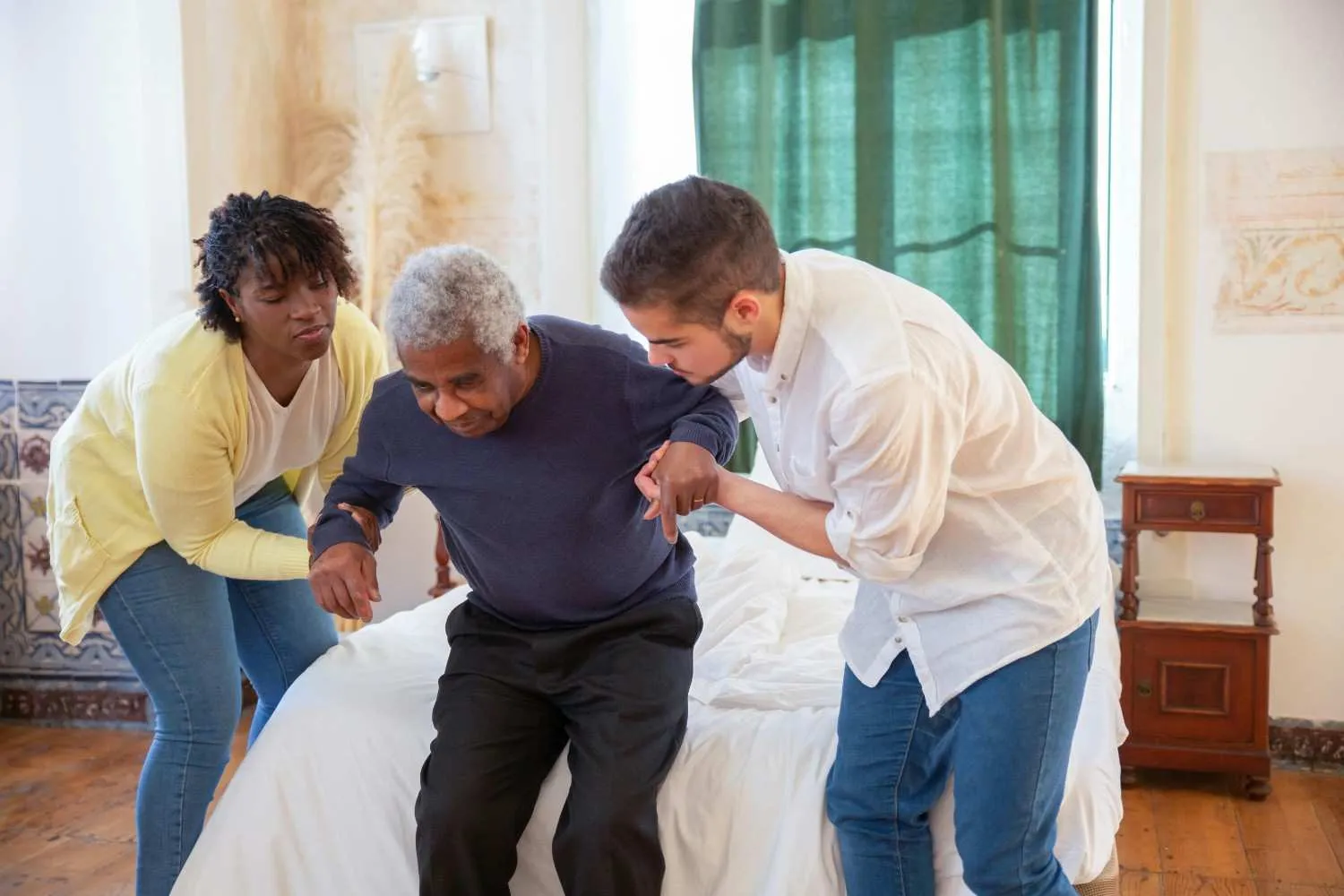Have you ever felt urine leak when you cough or sneeze? A very embarrassing but common condition, this is called urinary incontinence and is described as inability of the bladder to hold urine. This loss of bladder control may result in either minor leakage or a sudden gush of urine before you could reach toilet.
Women more than 50 years of age are found to be more vulnerable to urinary incontinence. Urinary incontinence is not a disease in itself but more of a symptom of an underlying problem that has to be evaluated medically.
Types of Urinary Incontinence
- Stress incontinence:Sphincter muscles in the urinary bladder hold urine. When a person is involved in too much physical activity such as exercising, laughing, lifting weights, running, coughing and sneezing, the sphincter muscles weakens and become unable to hold even small quantities of urine for longer period of time.
- Urge incontinence: Some people lose control of the bladder as soon as the urge to urinate strikes. Their urge to urinate is so sudden and strong that they hardly get time to reach a toilet.
- Overflow Incontinence: When a person urinate but feels that the bladder is not completely emptied, it is known as overflow incontinence. Another name for it is dribbling.
- Functional incontinence: Physically or mentally impaired individuals may also experience urinary incontinence. For example, a person suffering from severe arthritis, may not be able to walk fast to reach toilet in time.
- Mixed incontinence: A person may experience more than one type of above mentioned urinary incontinence.
When to seek medical advice?
One may hesitate to approach the doctor for discussing urinary incontinence but if it's interfering with your daily activities or normal quality of life, then it is advisable to seek a medical advice because it may be a sign of a more serious underlying issue.
Causes
Urinary incontinence may be temporary or chronic.
Temporary urinary incontinence may occur when a person intake certain foods, drinks and medications which increases the volume of urine in their bladder more than what it can hold. Causes of temporary urinary incontinence:
- Alcohol, caffeine in tea and coffee, fizzy drinks and artificial sweeteners among foods are the biggest culprit for temporary incontinence.
- Medications for heart disorders, blood pressure, muscle relaxants and sedatives are also known to weaken the bladder control on urine. Medical conditions
- Medical conditions such as UTIs and constipation also irritate the urinary bladder making it overactive and increasing the frequency of urine.
Chronic urinary incontinence result from underlying physical changes in the body such as:
- Pregnancy brings about hormonal changes in the body which stimulates the uterus.
- Vaginal childbirth weakens the bladder muscles and may also damage surrounding tissues, leading to weakened pelvic floor muscles.
- Aging also reduces the capacity of the bladder to store urine for longer period of time or in higher quantities.
- Estrogen hormone in women nourishes the bladder lining and urethra. As a women approaches menopause, her body produces lesser of this hormone which leads to weakening of the tissues in urinary bladder thus causing urinary incontinence.
- Other medical conditions such as stones, benign prostatic hyperplasia (BPH), prostate cancer, neurological disorders (e.g. Multiple sclerosis, Parkinson's disease, stroke, brain tumor) and urinary tract obstruction.
Risk Factors
- Excess weight
- Smoking
- Women are more likely to develop urinary incontinence as compared to normal men.
- Pregnancy, childbirth and menopause
- Elderly
- Caffeine drinkers
Complications
- Frequently wet skin lead to rashes, itching and skin infections.
- Urinary tract infections (UTIs)
- Hamper your personal life
What are the treatment options for urinary incontinence?
Urinary incontinence can be managed by medical interventions as well as lifestyle modifications.
Lifestyle Changes include:
- Decreasing consumption of teas and coffees
- Drink fluids in moderation
- Shed extra weight
- Doing pelvic floor (Kegel) exercises to strengthen muscles
- Avoid consumption of alcohol
- Going to toilet every 3-4 hours
Medical interventions include:
- Medications to calm the overactive smooth muscles of urinary bladder
- The weakened pelvic floor muscles can be strengthened by minor surgeries such as inserting tension-free vaginal tape (TVT) to help patients gain muscle control.
- Relaxing the muscles of the bladder by using Botox injections.
- Wearing disposable urethral inserts for few hours (e.g. when you are stepping out of the house or a sporting activity) and take it out when you want to urinate.
- Sacral nerve stimulator which is a device similar to pacemaker and is implanted under the buttock skin of the patient. It sends electrical signals to an area near the spinal nerve and control neural activity affecting the pelvic floor contractions.

Reviewed by







